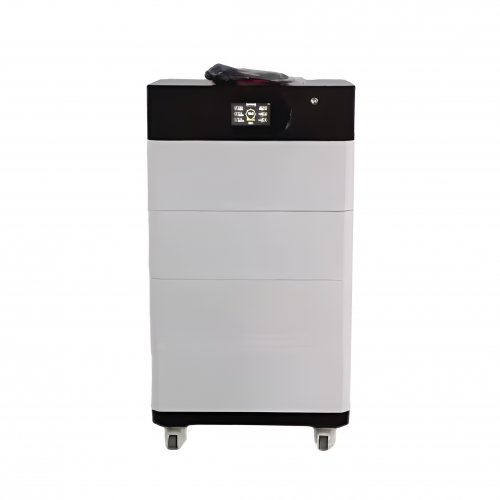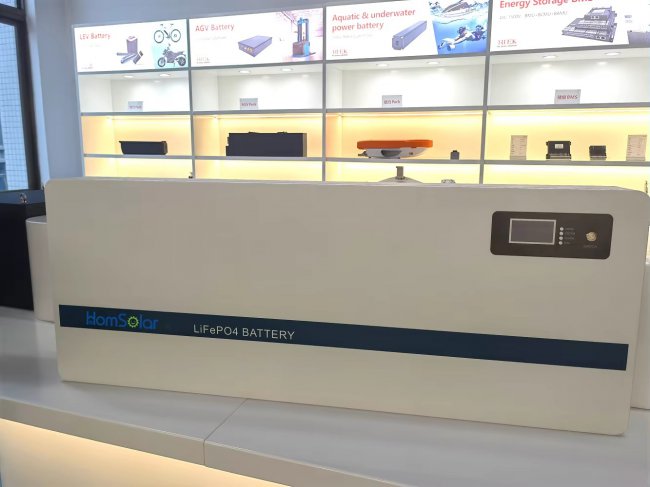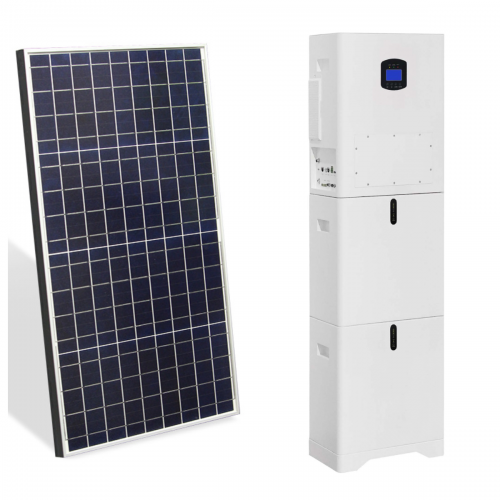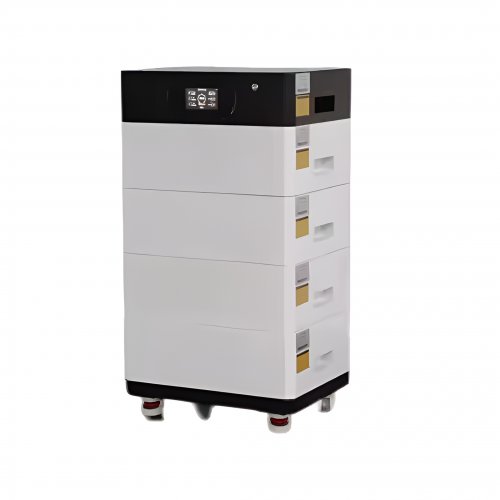Advances In Energy Density: Pioneering Materials And Next-generation Storage Systems
The relentless pursuit of higher energy density—the amount of energy stored in a given system or region of space—remains a central pillar of scientific research, driven by the demands of portable electronics, electric vehicles (EVs), and grid-scale energy storage. Recent breakthroughs in material science and electrochemistry are dramatically pushing the boundaries of what is possible, heralding a new era for energy storage and conversion technologies.
Lithium-Ion Batteries: Pushing the Theoretical Limits
The incumbent champion of rechargeable batteries, the lithium-ion (Li-ion) battery, continues to see significant improvements. The primary strategy for enhancing energy density has been the development of high-capacity cathode and anode materials. For cathodes, the transition towards nickel-rich layered oxides (NMC, e.g., LiNi₀.₈Mn₀.₁Co₀.₁O₂ or NMC811) and lithium-rich manganese-based oxides has been paramount. These materials offer specific capacities exceeding 220 mAh/g, a substantial improvement over conventional compositions (Nitschke et al., 2022). However, they often suffer from structural instability and voltage fade.
Concurrently, the replacement of graphite anodes (theoretical capacity: 372 mAh/g) is a major focus. Silicon-based anodes, with a theoretical capacity of nearly 4,200 mAh/g (for Li₂₂Si₅), represent the most promising alternative. Recent progress has centered on mitigating silicon's massive volume expansion (~300%) during lithiation through sophisticated nanostructuring. For instance, the development of porous silicon scaffolds, silicon-carbon yolk-shell structures, and conjugated polymer binders has significantly improved cyclability (Cui et al., 2021). Commercial cells now increasingly incorporate silicon-oxygen (SiOx) composites, and the first generation of cells with >400 Wh/kg at the cell level is nearing production.
Beyond Lithium-Ion: The Solid-State Revolution
The most anticipated leap in energy density and safety comes from solid-state batteries (SSBs). By replacing the flammable liquid electrolyte with a solid ion conductor, SSBs enable the use of a pure lithium metal anode. This combination is a "holy grail," potentially enabling energy densities beyond 500 Wh/kg. The critical challenge has been identifying a solid electrolyte that combines high ionic conductivity with electrochemical stability against lithium metal.
Two material classes have shown exceptional promise. Sulfide-based solid electrolytes, such as Li₁₀GeP₂S₁₂ (LGPS) and argyrodites (e.g., Li₆PS₅Cl), boast ionic conductivities rivaling liquid electrolytes (>10 mS/cm). Recent work has focused on engineering stable interfaces between these electrolytes and the cathode, often through thin protective coatings like LiNbO₃ (Janek & Zeier, 2023). Halide-based solid electrolytes (e.g., Li₃YCl₆) are another breakthrough, offering superior oxidative stability against high-voltage cathodes, which further increases the operating voltage and, consequently, the energy density (Asano et al., 2022). While manufacturing scalability remains a hurdle, several automakers have announced pilot production lines for SSBs, indicating a transition from lab to fab.
Looking Beyond Lithium: Multivalent and Lithium-Sulfur Chemistry
For even greater long-term gains, research is exploring chemistries beyond lithium. Multivalent batteries, utilizing ions like Mg²⁺, Ca²⁺, or Zn²⁺, promise to double or triple the charge transferred per ion, thereby increasing volumetric energy density. However, the development has been hampered by the lack of electrolytes with efficient plating/stripping and cathodes that allow rapid multivalent ion diffusion. Recent progress in chlorinated magnesium carborane electrolytes has demonstrated highly reversible Mg deposition, a critical step forward (Liang et al., 2021).
Lithium-sulfur (Li-S) batteries remain a highly attractive platform due to sulfur's high theoretical capacity (1,675 mAh/g) and abundance. The key challenges are the dissolution of lithium polysulfide intermediates and the insulating nature of sulfur. Advanced research is focused on designing novel cathode architectures using conductive matrices (e.g., graphene, MXenes) and functional coatings that strongly adsorb polysulfides. Furthermore, pairing a lithium metal anode with a sulfur cathode in a solid-state configuration could potentially overcome both the polysulfide shuttle and dendrite growth issues, creating a system with a theoretical energy density several times that of Li-ion (Pang et al., 2022).
Future Outlook and Challenges
The trajectory of energy density advancement is clear: incremental innovation within the Li-ion paradigm will be supplanted by transformative leaps from solid-state and post-lithium technologies. The future research agenda will be dominated by interface engineering—understanding and controlling the complex interphase layers that form between electrodes and electrolytes. Advanced characterization techniques, such as in-situ electron microscopy and synchrotron X-ray spectroscopy, coupled with AI-driven computational materials design, will accelerate the discovery of new materials and protective coatings.
Scaling these laboratory breakthroughs will require overcoming significant manufacturing and cost challenges. The synthesis of air-sensitive solid electrolytes and the lamination of brittle ceramic layers demand entirely new production processes. Furthermore, the sustainable sourcing of critical materials like lithium, nickel, and cobalt must be addressed through improved recycling technologies and the development of earth-abundant alternatives.
In conclusion, the field of energy density is experiencing a renaissance. The convergence of nanotechnology, electrochemistry, and materials science is delivering solutions that were once confined to theory. The successful commercialization of these next-generation batteries will not only extend the range of EVs and the battery life of devices but will also be a cornerstone in the global transition to a renewable energy economy.
References
Asano, T., et al. (2022). Solid halide electrolytes with high lithium-ion conductivity for application in all-solid-state batteries.Nature Energy, 7(4), 330-33 9.
Cui, Y., et al. (2021). Silicon anodes for high-energy-density lithium-ion batteries.Nature Reviews Materials, 6(9), 809-826.
Janek, J., & Zeier, W. G. (2023). A solid future for battery development.Nature Energy, 8(1), 10-17.
Liang, Y., et al. (2021). A new class of magnesium electrolytes for reversible magnesium deposition.Science, 373(6554), 525-530.
Nitschke, A., et al. (2022). Degradation mechanisms in nickel-rich cathode materials for lithium-ion batteries.Advanced Energy Materials, 12(15), 2103055.
Pang, Q., et al. (2022). Solid-state lithium–sulfur batteries: Fundamentals, challenges, and strategies.Joule, 6(7), 1435-1456.
Customized/OEM/ODM Service
HomSolar Supports Lifepo4 battery pack customization/OEM/ODM service, welcome to contact us and tell us your needs.


HomSolar: Your One-stop LiFePO4 Battery Pack & ESS Solution Manufacturer
Our line of LiFePO4 (LFP) batteries offer a solution to demanding applications that require a lighter weight, longer life, and higher capacity battery. Features include advanced battery management systems (BMS), Bluetooth® communication and active intelligent monitoring.

Customised Lithium Iron Phosphate Battery Casing
ABS plastic housing, aluminium housing, stainless steel housing and iron housing are available, and can also be designed and customised according to your needs.

HomSolar Smart BMS
Intelligent Battery Management System for HomSolar Energy Storage System. Bluetooth, temperature sensor, LCD display, CAN interface, UART interface also available.


Terminals & Plugs Can Be Customized
A wide range of terminals and plugs can be customised to suit the application needs of your battery products.

Well-designed Solutions for Energy Storage Systems
We will design the perfect energy storage system solution according to your needs, so that you can easily solve the specific industry applications of battery products.



About Our Battery Cells
Our energy storage system products use brand new grade A LiFePO4 cells with a battery lifespan of more than 4,000 charge/discharge cycles.



Applications in Different Industries
We supply customized & OEM battery pack, assemble cells with wiring, fuse and plastic cover, all the cell wires connected to PCB plug or built BMS.
Applications: E-bike, Electric Scooter, Golf Carts, RV, Electric Wheelchair, Electric Tools, Robot Cleaner, Robot Sweeper, Solar Energy Storage System, Emergency Light, Solar Power Light, Medical Equipment, UPS Backup Power Supply.
We can provide you with customized services. We have the ability to provide a vertical supply chain, from single cells to pack/module and to a complete power solution with BMS, etc.


HomSolar (Shenzhen) Technology Co., Ltd
























